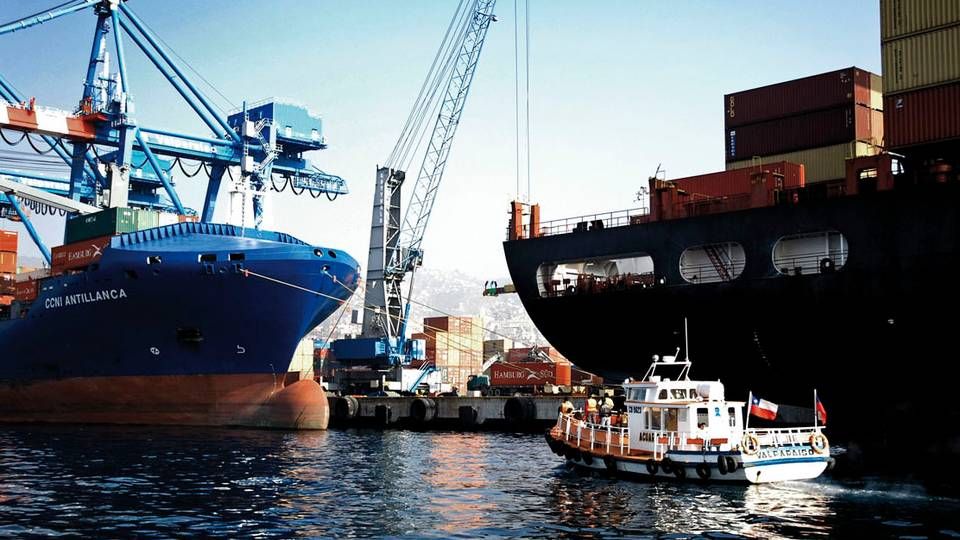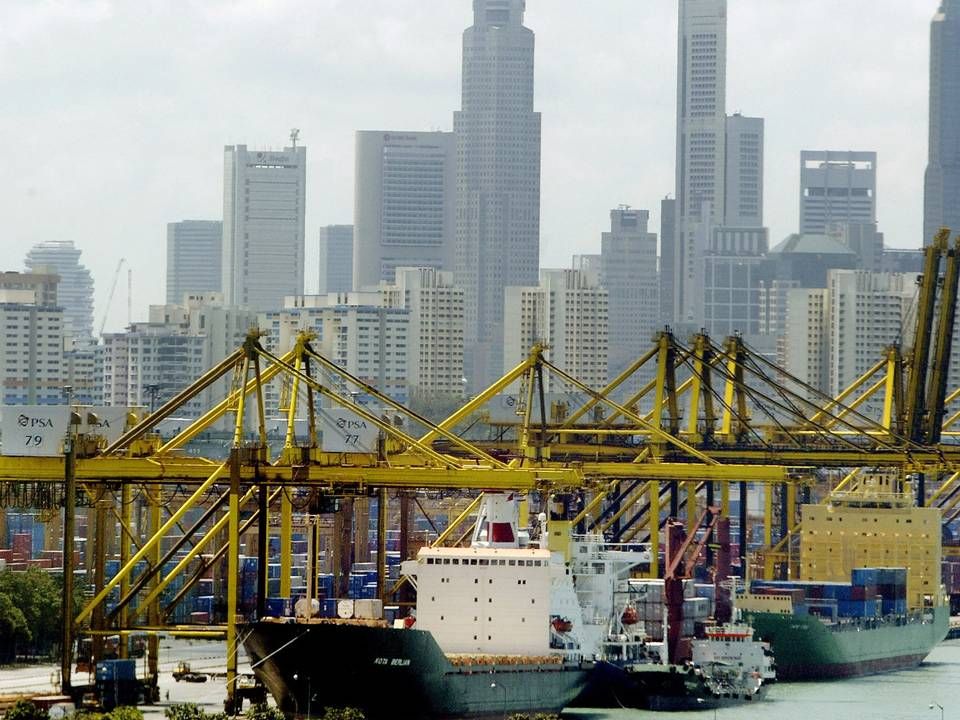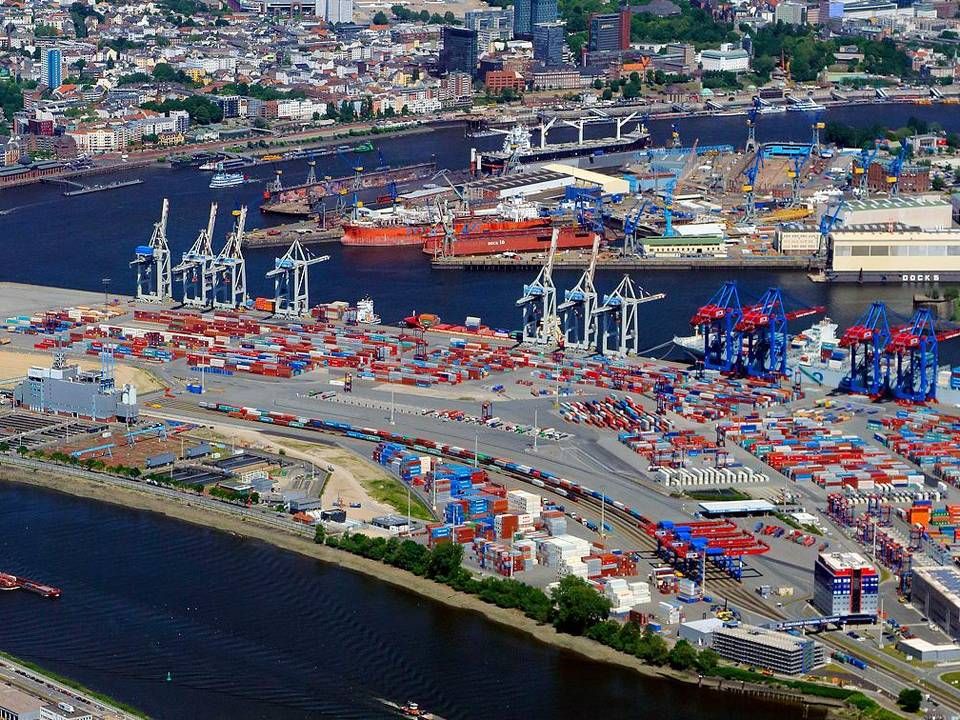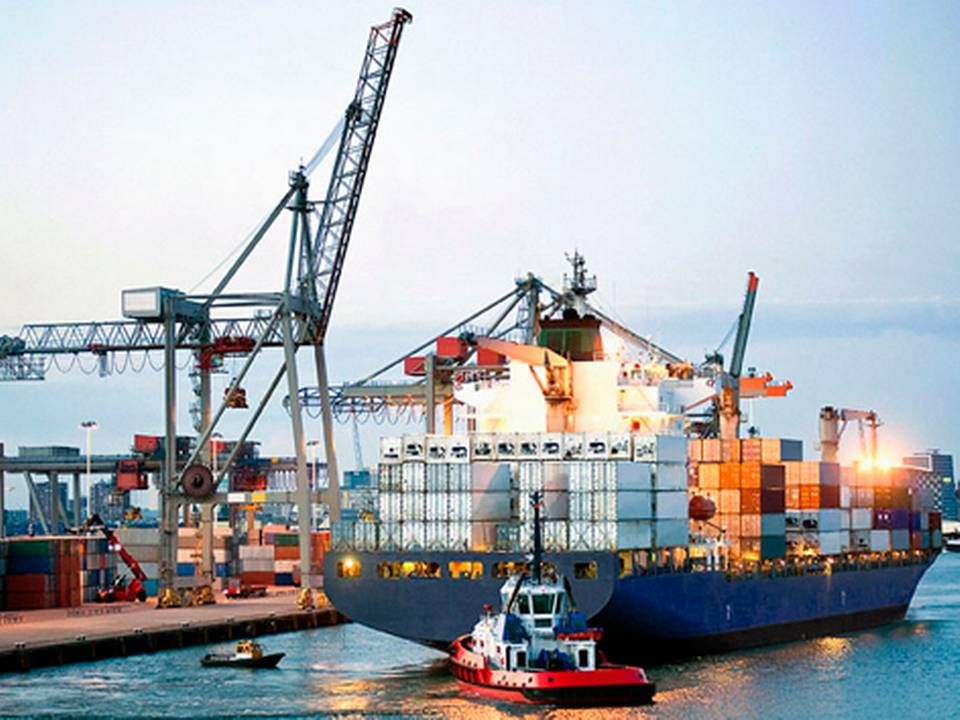ShipServ presents first profit in 14 years

One could ask oneself how it is possible to keep believing in a project that delivers deficits year in and year out. In fact, former J. Lauritzen employee Paul Østergaard has booked 14 years of deficits since launching his company ShipServ in 2000, headquartered in Silicon Valley at the time.
And one might also ask how the shareholders, the seven-man management team along with Paul Østergaard and two external investors, have maintained confidence in the business idea of a digital platform on which shipowners and suppliers could "meet" and trade, following year after year without profits.
Try a free 40-day trial subscription to ShippingWatch
Nevertheless, now London-based ShipServ can today note that the number of customers has merely grown and grown, and the company is able to present its first profit. And probably most important of all, the company's founder is confident that his venture has developed into a highly attractive business that, according to Paul Østergaard, will deliver profits in the years to come.
Keeping faith
"Of course I believed a lot in this project the whole time, otherwise I wouldn't have kept going. But it took six or seven years for me to feel sure that we hit the mark, and that the business model had been proven, as I normally explain it. The biggest challenge has been, and still is, that the procurement function has traditionally not ranked high among shipowners' priorities. This is only really starting to change now, as there is a growing awareness that savings in all areas of the business produce a positive effect. And in addition to this, there is also a new generation emerging that draws on the technical possibilities to a much greater extent than in the past. This benefits us," explains Paul Østergaard in an interview with ShippingWatch.
Try a free 40-day trial subscription to ShippingWatch
When Paul Østergaard believes that ShipServ finds itself in a favorable position today, it is first and foremost because there is now such a massive cluster of carriers as well as suppliers that the digital market place will, for many players, be difficult to avoid.
Maersk and MAN are just two of the customers using ShipServ when they need to procure spare parts for a vessel. Shipbuilder Keppel in Singapore and Thome Ship Management, also in Singapore, are among the suppliers placing requests, or receiving carriers' requests in their system.
No competitors
Another reason the company's founder is optimistic after 14 years of deficits concerns the fact that there are no real competitors, he says.
By sticking to the project in spite of the red numbers, ShipServ - according to its assessment of the market - has secured a position where there are no other players offering the same product. This year roughly 200 carriers with 9,000 vessels, along with shipyards and oil companies, are using the system when procuring spare parts of other things that they need. Ot the same time, there are more than 58,000 suppliers from 100 countries that could potentially make an offer. And there are also money to be saved, as the whole thing happens digitally, with orders not needing to be printed, and so forth. As such, MAN has for instance decided to offer a one percent discount if an order is secured via ShipServ, as the company saves money on procurement.
Try a free 40-day trial subscription to ShippingWatch
The ShipServ business, in short, involves users signing up for a subscription. For carriers and other parties on the buy side, the price comes to around USD 250 - 500 per month per vessel.
15 years of input
"Beyond the fact that the subscription gives access to the market, the users are also able to benchmark prices, as we now have around 15 years of input from a very high number of market players. And then there's the saving companies can make, which represents an important factor," says Paul Østergaard.
Paul Østergaard is headed to Singapore, as the company has decided to establish a presence here. ShipServ actually did have a branch in the major shipping hub up until 2006, after which the company decided to have its Asian headquarters in Hong Kong following the acquisition of a local company. But it has become clear that ShipServ needs to be present in Singapore. Other than that, there are no plans to grow the number of employees, currently at 130 people. 80 of these are based in the Philippines, handling the manual labor, while the rest are employed at ShipServ's offices around the world.
ShipServ expects the portal's revenue to reach USD 3 billion this year.
The two external investors are Thomas Miller, manager of one of the London P&I clubs, and equity fund Wellington Partners.
ShipServ opens office in Singapore
Related articles
ShipServ opens office in Singapore
For subscribers
Ericsson and Cobham will drive big data in shipping
For subscribers






















